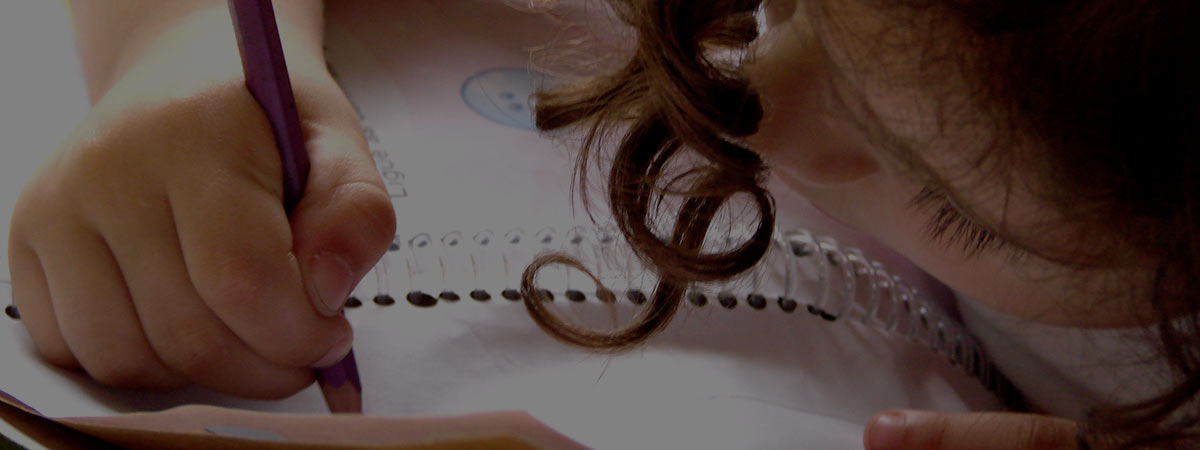The answer – no. Not in all cases. The first issue that caused us to rethink our approach to using test scores to drive change occurred in a school where we were asked to provide assistance after the start of the school year. Our first task, we thought, was to look at the school plan so that we would have some frame of reference to use in our discussions with teachers.
We noted the planning team for the school had already developed several remedial programs in reading, writing, math, social studies, and science. When we talked to administrators and teachers about these programs to see how they were checking on implementation and impact, we found the programs were not being implemented.
When we asked, “why not?”, we were told most of the students they’d identified as candidates for remediation were no longer in the building. When we probed further, we found that indeed some of the students had moved to different schools (the school had a very high mobility rate), but others had simply been promoted from the middle school to high school. When we asked about current students who might need remediation, we found the school had no idea which students were not performing proficiently in the different tested areas. They collected no performance work to check their current students against the expectations and were surprised that we expected them to identify the students and get them involved in remediation as quickly as possible.
As a result of these continuing discussions, we found the previous year’s results were descriptors of last year’s students. In reality, none of those students, even if they were still in the building, were the same students who had been tested last year. Some moved, others were promoted, and all of them were older and more mature than the previous year.
In this case, we immediately started collecting current data on students and updated the school plans for support and monitoring of student performance. When we figured out using last year’s scores to dictate plans for this year’s students was an imperfect way to support student performance, we began developing plans relevant to the students who would be tested this year. But, perhaps more importantly, this realization acted as a catalyst for us to question other assumptions about test scores.
For school’s that wish to boost the performance of students in a given school year, they need to be prepared to test the student population, evaluate the results, and move quickly to place the most needy individuals in remediation. For more information about how your school can begin to move the needle toward positive progress on standardized tests, check out our book, contact us, or leave us some questions in the comments section. We would love to start a conversation with you.
Our book Turning Around Turnaround Schools is intended for those who work in or with turnaround schools, though the approach to education presented works with any type of school (public, private, charter, and so on) at any level (struggling, passing, blue ribbon, and so on). We hope to share the lessons we have learned and describe strategies and processes that have proven successful for us. Most importantly, we hope to provide for you a set of understandings and tools that will guide your work and make you a more intentional, effective agent of change. Find it online at: https://www.amazon.com/Turning-Around-Turnaround-Schools-Conventional/dp/1948238020/ref=sr_1_1?ie=UTF8&qid=1537974543&sr=8-1&keywords=turning+around+turnaround+schools The ideas in this post are explored further in our book.


